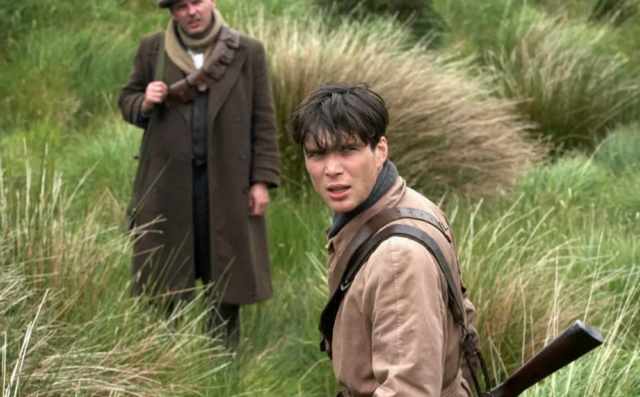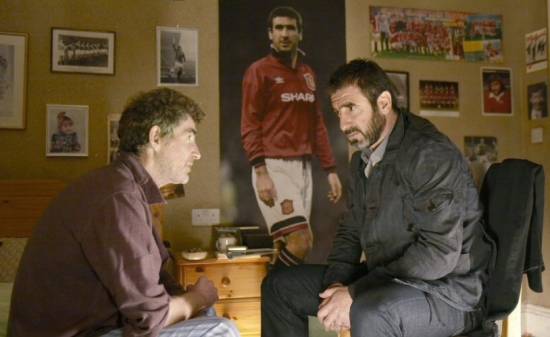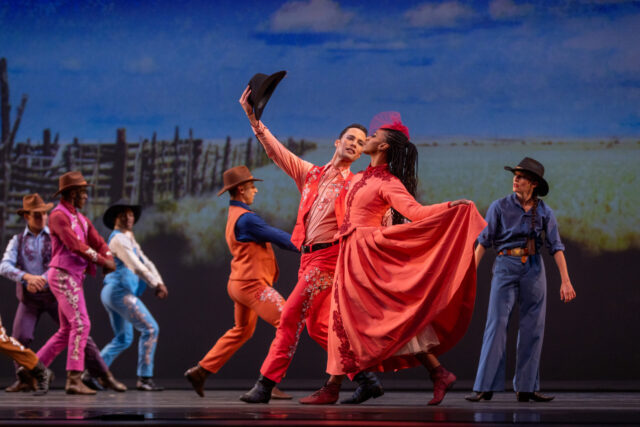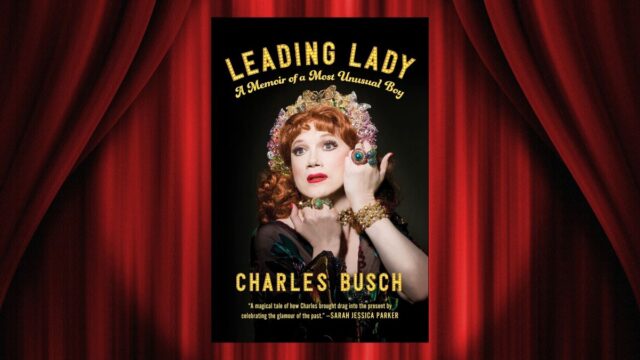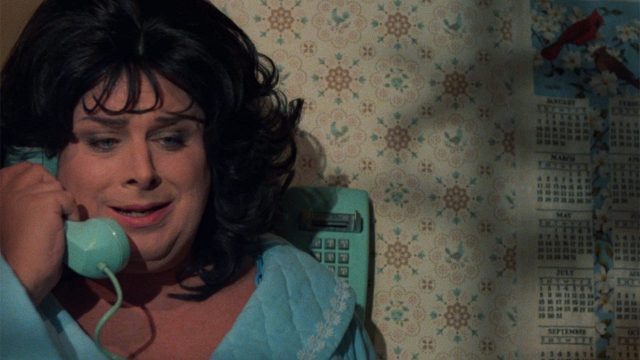
Francine Fishpaw (Divine) faces a series of suburban dilemmas in John Waters’s odoriferous Polyester
POLYESTER (John Waters, 1981)
IFC Center
323 Sixth Ave. at West Third St.
Friday, April 19, and Saturday, April 20, midnight
Series continues through April 27
212-924-7771
www.ifccenter.com
Camp champ John Waters’s crudely rambunctious cult classic suburban satire Polyester, which underwent a 4K restoration in 2019, follows the misadventures of the Job-like Francine Fishpaw, ravishingly portrayed by drag queen extraordinaire Divine. Her God-fearing life takes a bitter turn when she catches her nasty, demanding husband, porn purveyor Elmer (David Samson), with his sexpot secretary, Sandra Sullivan (Mink Stole). Her status in the community, so precious to her, is ruined as she becomes an alcoholic, unable to rein in her wildly promiscuous daughter, Lu-Lu (Mary Garlington) — who has the hots for bad boy Bo-Bo Belsinger, played by Dead Boys frontman Stiv Bators!! — or her inhalant-abusing son, Baltimore Foot Stomper Dexter Fishpaw (Ken King).
She also receives no emotional or financial support from her skunk of a mother, La Rue (Joni Ruth White). The only one who stands by her is her ultra-strange, simple-minded bestie, the Baby Jane-like although kindhearted Cuddles Kovinsky (Edith Massey), but she finds a glimmer of hope in a handsome hunk of a he-man (Hollywood heartthrob Tab Hunter!!) who tantalizingly keeps showing up on her radar in a flashy white sports car, like Suzanne Somers does to Richard Dreyfuss in American Graffiti.
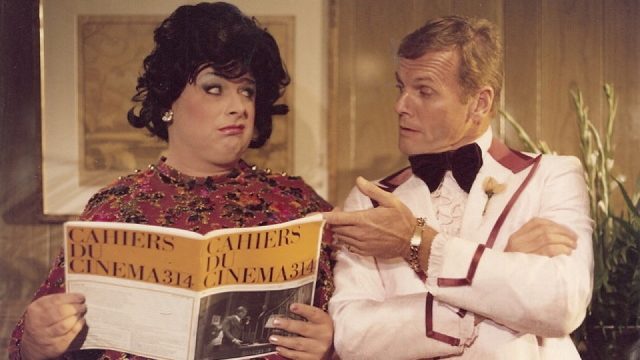
Francine (Divine) falls for the hunky Todd (Tab Hunter) in Polyester
When the Douglas Sirk-inspired Polyester premiered in May 1981 at the old Waverly, which became the IFC in 2005, it was shown in Odorama — each moviegoer was given a scratch-and-sniff card of ten smells that were signaled by the corresponding number blinking on the screen. (I unfortunately still remember number nine all too well.) It’s not just a gimmick; in the movie, Francine is constantly sniffing around like an animal, though she is not so much hunting prey as being prey. The acting is about as over the top as it gets and the editing and camerawork DIY sloppy as writer, producer, and director Waters, who had previously made such films as Pink Flamingos and Female Troubles and would go on to make Cry-Baby, Serial Mom, and Hairspray, addresses such issues as pornography, abortion, religion, addiction, marriage, class, fat shaming, parenting, and the movies themselves with a brash sense of humor that can never go too low.
Baltimore native Waters fills the film, his first major hit, with his usual Dreamlanders cast of oddball actors; in addition to Divine, Massey, and Stole, you’ll find Susan Lowe, Cookie Mueller, George Hulse, Mary Vivian Pearce, Sharon Niesp, Jean Hill, George Figgs, and Marina Melin in small roles. The score features a trio of songs — Hunter sings the title track, written by Chris Stein and Debbie Harry of Blondie, while Bill Murray warbles Harry and Michael Kamen’s “The Best Thing.” More than forty years later, Polyester is still like nothing you’ve ever seen before, a wacky work that established Waters in popular culture as a unique auteur with his own unique cinematic language. The film is screening April 19 and 20 — in Odorama — at midnight in the IFC Center series “Sicks by John Waters,” which concludes April 26-27 with Multiple Maniacs.
[Mark Rifkin is a Brooklyn-born, Manhattan-based writer and editor; you can follow him on Substack here.]


